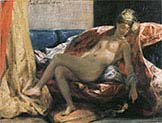Eugène Delacroix
1798-1863 France/Romanticism
Click an Image to Enlarge
assassination of
the bishop of liege

medea about to kill
her children

shipwreck on
the coast

the agony in
the garden
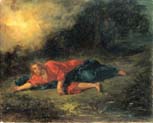
Women
of Algiers
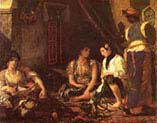
Death of
Sardanapalus
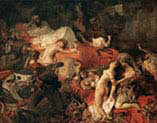
The Execution
of Doge

Horses Emerging
from the sea
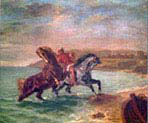
Liberty Leading
the people

Christ on
the Sea

Taking of
Constantinople

The Barque
of Dante

the Massacre
of Chios
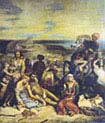
The
Jewish Wedding

The
Natchez

desdemona cursed
by her father

self portrait as
ravenswood

Aspisia

The Studio

Battle of Knights

Wounded Brigand

A Vase of Flowers

Arab Horses Fighting

Louis d'Orleans-

Michelangelo

Olalisque

Pieta

Saint Michael

Study of Sky

The Abduction

Taillebourg
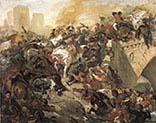
The Fanatics-
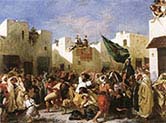
Before the Flash

Bedroom-

Baron Schwiter

Combat
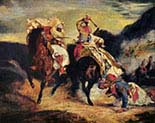
Frederic Chopin

Young Tiger Playing

Christ on the Cross

Hamlet and Horatio

Lara's Death

Lion Hunting

Mademoiselle Rose

Milton Dictating

Moroccan Courtyard

Moroccan Saddling
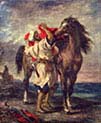
Moroccan Sheikh

Morrocan Fantasy
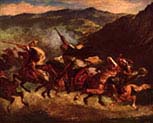
The Moroccan

Saint Sulpice

Murder of the Bishop
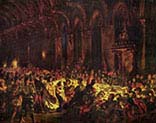
Orphan
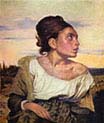
Ovid

A Violinist

Prince Muley Abder

Still Life
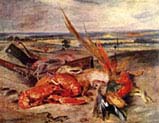
A Mad Woman

Cleopatra

The Justice of Trajan

The Autumn

The Spring

The Summer

The Winter

Greece Expiring

Prisoner of Chillon

White Socks

Triumph of Bacchus

Woman with a Parrot
